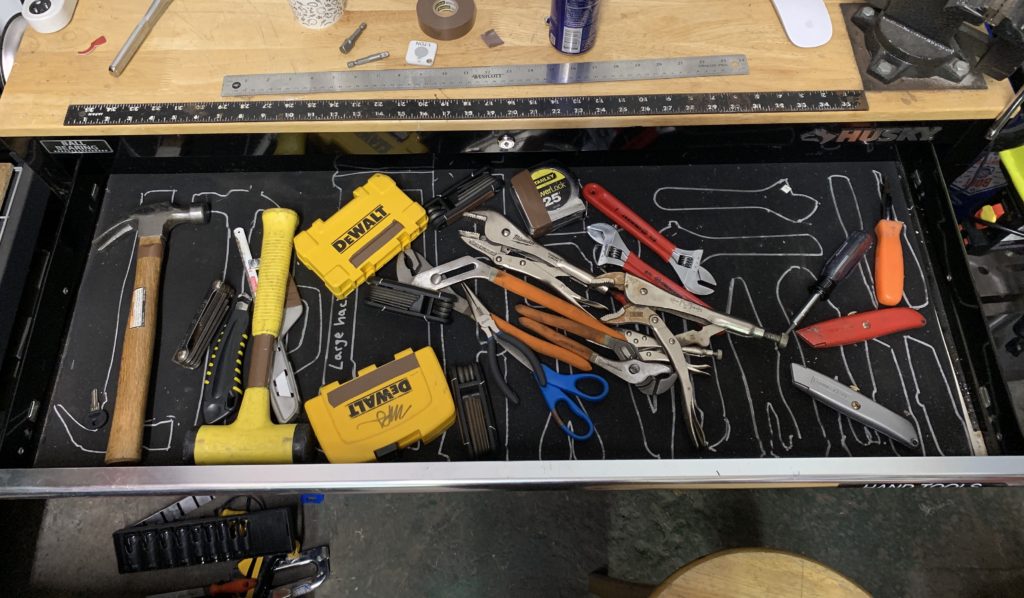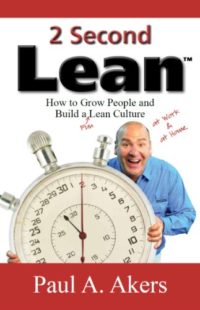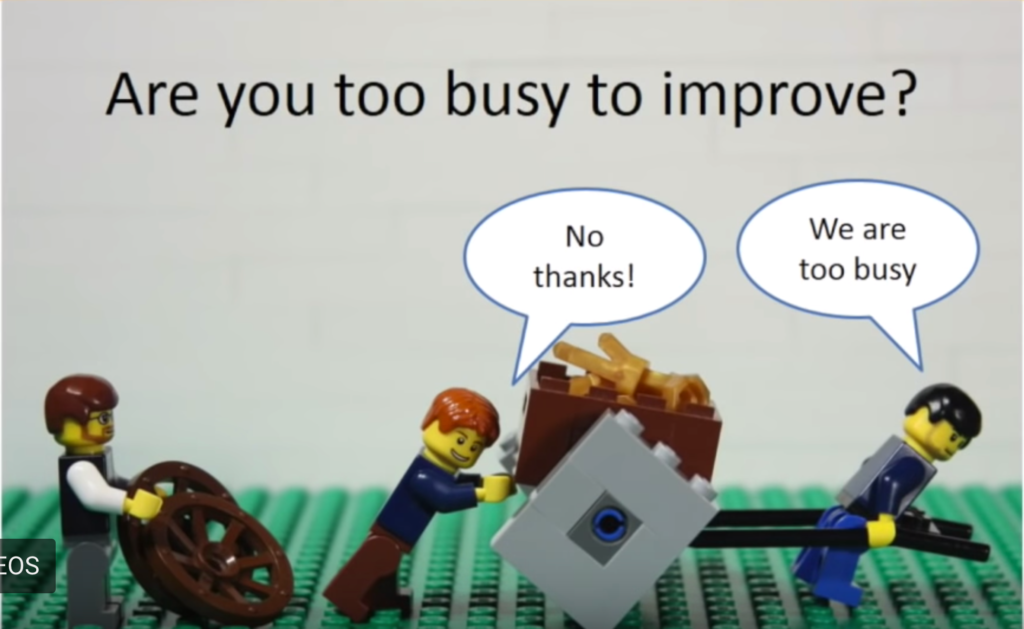Thinking Lean!


About 8 years ago I listened to the episode of This American Life about the NUMMI automotive plant in Fremont, CA and how they turned one of the worst performing plants in the country into the best, just by instituting the Toyota Production System. This later became more broadly known as Lean Manufacturing and I have been fascinated with it and how we could introduce some of these practices into not only Bolt Lighting Rental, but also on set. Lean is really just about continuous improvement, the simple idea that your processes should improve everyday and that those improvements should come from the people who know best, your employees.
Once you hear what Lean is about, you realize it can apply to much more than just manufacturing. While I had implemented some of the ideas I got from that episode into Bolt Lighting Rental, I never had a very good road map, just some general ideas that helped in a huge way, but still left me wondering what to do next. I was originally hesitant to pick up 2 Second Lean…I mean, just the cover alone is enough to throw anyone off.
But I gave it a shot, once I picked it up I read the entire thing in one sitting. It’s a really captivating book and he explains all of the concepts of lean thinking in such a fun and exciting way. I’ll do my best to explain a few concepts of lean thinking talked about in this book to get you thinking about it.

The 8 Wastes
Since lean is all about continuous improvement, you need some sort of guidance on how to improve, part of that is by removing waste that does not add value to the customer. To help you figure out what to change, there’s “The 8 Wastes”
- Defects – Services and Products that are not fit for use. This either means extra processing or scrapping the part all together, both of which deliver no value to the customer.
- Overproduction – Producing too much of something before it’s ready to be sold.
- Waiting – People waiting on materials or gear.
- Non-Utilized Talent – Employees that are on auto-pilot, not thinking about how they could be doing it better.
- Transportation – Movement of people or equipment.
- Inventory – Excess Inventory. The longer is sits around, the more you have to pay to store it. You want your inventory to come “Just in Time”.
- Motion – People having to lift, bend, or move equipment too much.
- Extra Processing – Performing any activity that is not necessary to produce a functioning product or service. This goes back to defects.
Use the acronym DOWNTIME to remember these. A lot of them are very interconnected, for example if you are moving things from place to place often you probably have excess transportation, as you move stuff you’re bound to have more defects as items get damaged, that will require more extra processing, and hopefully you’ve got your processes down otherwise you’ll have your people using excess motion, which will lead to them being frustrated and their talent not being utilized.
Here’s a quick video of how we overcame some Excess Motion at the shop with a fun fix.
The 5 S’s
Okay, so now we know what to change, but how do we change our workplace? That’s where the 5S System comes into place and I think this is where I think you can see it easily translating to working on set. The 5 S’s are:
Sort: Remove anything unnecessary from your workspace. Figure out exactly what you need to do the task at that workstation and get it there. An easy set example of this is if your gaffer always likes tungsten lights on a squeezer, make sure there is a cart with your tungsten, your stands, and your dimmers.
Set in Order: Carefully organize the tools and equipment that are remaining. You can really go nuts with this, you want it to be clear if someone walked in off the street that something is missing from your work area.
Shine: Clean the area thoroughly. Clutter and dirt hides potential problems.
Standardize: Document what’s being done so those improvements can be shared. This makes your new approach apart of your standard business.
Sustain: Make sure things don’t slip and that you redo this process often. Remember, continuous improvement!
One of the ideas I loved that I realized we already do on set, is color coding items in our shop to show where they go. I’ve spent hours putting E-Tape on our first unit package, but I never thought to apply it to our shop. Now this way when we find a C-wrench somewhere, we know exactly where it goes.
The last thing is how do you get people to actually do this? We’re trying as Paul Akers suggests in his book and dedicating an hour every morning to the 5S ideas, cleaning our workspaces, getting everything in order for the day, then most importantly, spending time making a small 2 second improvement every single day. Basically…we fix things that bug us at work! Here’s a few videos of how we have implemented some Lean thinking in the shop.
If you’re still skeptical, here’s the meme for you:

Check out his book here for free! It’s a great intro to lean thinking.
